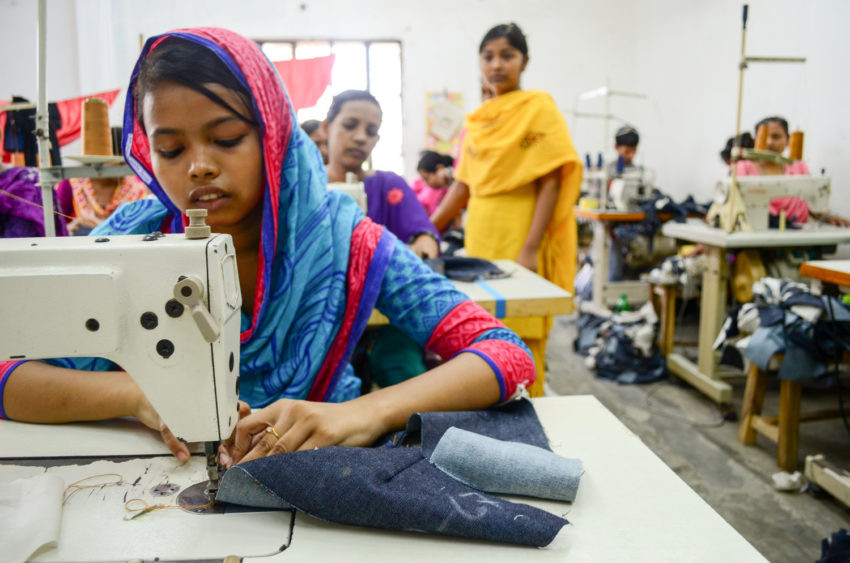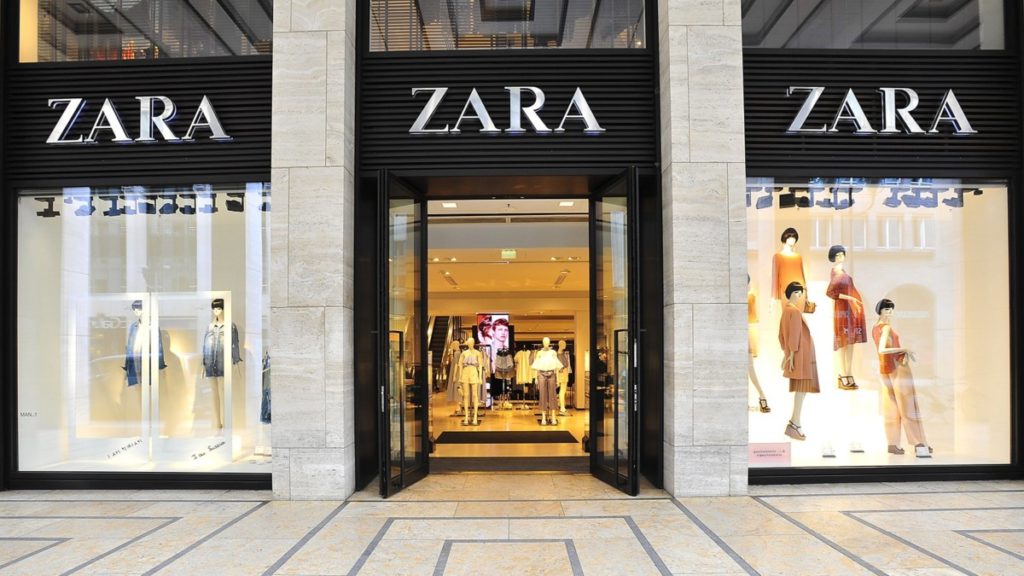Julie Song, Blogs Editor
@juliescourant
With a new season coming, you might be looking to trade your winter coat for something new. Before buying something cheap online or at your nearest mall, you might want to look into the consequences, for which there are many, of the fast fashion cycle and what you can do to help it.

Photo by ceowatermandate.org 
Photo by rcbizjournal.com 
Photo by theguardian.com 
Photo by ajc.com 
Photo by businessoffashion.com
The term “fast fashion” was inspired by the popular European brand Zara in the 1990s, when the New York Times called Zara’s 15 day design-to-selling process “fast fashion.” From there, it’s growth has been shocking. Clothing consumption is up 400% from just twenty years ago, a whopping 80 billion pieces of new clothing produced every year. Today, brands like H&M, Forever 21, Shein, and even the more expensive Urban Outfitters and Anthropologie mass produce items for fast profit and take advantage of America’s growing consumership. In 2000, brands were releasing an average of 2 collections per year. Twenty years later, the average has grown 1000%, now a shocking 20 cycles per year.

It seems from a consumer’s perspective however, that fast fashion is an efficient means to supply runway style clothing at an everyday price. The brands and the buyers both benefit, but fast fashion’s biggest victim is the environment. Fast fashion production makes up 10% of humanity’s carbon emissions and severely dries and pollutes water sources.
Just washing clothes releases 500,000 tons of microfibers into the ocean each year. 60% of which are polyester, a material that takes hundreds of years to degrade. So here lies the consequences in twenty fashion cycles, the environment suffers greatly.
Not to mention the staggering social implications as well. Cheap clothing means cheap labor, oftentimes at the hands of workers overseas. Bui Chi Thang, who stitches denim as a living in Bien Hoa, Vietnam, says he’s able to “finish 1,000 to 1,200 pieces” in his average 9-hour day. For all that work, Bui Chi makes about $400 a month and uses it to support his family of four.
“It isn’t enough just looking for the quality in the products we buy, we must ensure that there is quality in the lives of the people who make them.
Orsola De Castro, Founder of Fashion Revolution

Notable brands like Patagonia and Reformation are taking impressive steps to reduce their environmental impact through more ethical sourcing of cotton and using biodegradable/recyclable materials. If you’re unfamiliar with these names, it’s most likely because ethical brands are really only accessible to a privileged margin of people. The prices are absurdly high, but if you can afford them, it may be a good choice to choose brands like these when shopping.
For the rest of us, shopping second hand may be a better option. Oftentimes cheaper, it’s a way to reduce textile waste without having to give up some of your favorite brands. Platforms like FaceBook Marketplace, Depop, Ebay, Poshmark, and many more allow buyers to buy pre-loved pieces from online sellers.
Fast fashion is a dangerous mindset and as it looks now, severe and tangible change is necessary. Without it, the carbon contribution could jump to 26% by 2030, along with many more severe environmental, social, and economic impacts. Simply searching a brand’s sourcing, understanding the meaning behind those coveted low prices, and maybe choosing to shop secondhand from time to time can help you become a more ethical shopper, potentially saving our environment and our people.









